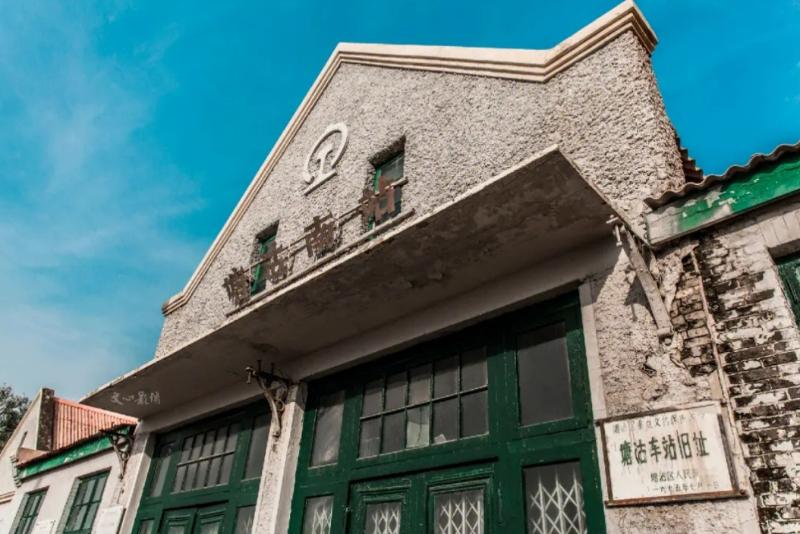Tanggu Railway Station Site: A Place Witnessing Historical Turbulence
The Tanggu Railway Station Site, located in the Binhai New Area of Tianjin, bears rich and ancient historical memories, witnessing numerous significant historical events and social changes in modern China. From the late 19th to the early 20th century, this place experienced the invasion of the Eight-Nation Alliance, Mao Zedong's sending of students to study abroad, Sino-Japanese negotiations, and the occupation by Japanese forces, each leaving a profound mark.

Reference: Exploring the Cultural Charm of Tanggu Railway Station Site: A Retrospect of a Century of History
1. 1900: Invasion by the Eight-Nation Alliance
In 1900, the Eight-Nation Alliance captured the Dagu Forts and subsequently occupied the Tanggu area, with the railway station becoming a crucial site for them to transport military supplies and personnel. During this period, the station was bustling with activity, reflecting the turbulence of the era.
2. 1919: Mao Zedong's Sending of Students
In 1919, Mao Zedong and other revolutionary pioneers passed through the Tanggu Railway Station while escorting students to France for study. This event marked the beginning of China's New Democratic Revolution and made the Tanggu Railway Station an indispensable node in modern Chinese history.
3. 1933: Sino-Japanese Negotiations
In May 1933, during the negotiation of the Tanggu Agreement, a delegation from the Nanjing government resided at the Tanggu Railway Station. Although the outcome of the negotiations was not perfect, it laid a foundation for the development of Sino-Japanese relations. Thus, the Tanggu Railway Station became a witness to domestic and international political exchanges.
4. 1937: Occupation by Japanese Forces
In 1937, the Japanese army occupied the Tanggu Railway Station, using it as a base for transporting war materials. During the War of Resistance against Japanese Aggression, the station became a vital stronghold for the Japanese army, witnessing scenes of heroic Chinese resistance.
Despite enduring storms of history, the Tanggu Railway Station Site still retains its intact original main buildings and station facilities. As a fourth-class station under the Tianjin Railway Administration, it is not only an important transportation hub but also a living textbook of history, allowing people to deeply feel that exciting historical period.
Q&A
1. What were some significant historical events associated with the Tanggu Railway Station Site?
A: The Tanggu Railway Station Site witnessed events such as the invasion by the Eight-Nation Alliance in 1900, Mao Zedong's sending of students in 1919, Sino-Japanese negotiations in 1933, and the occupation by Japanese forces in 1937 during the War of Resistance against Japanese Aggression.
2. What is the current status of the Tanggu Railway Station Site?
A: The Tanggu Railway Station Site still retains its intact original main buildings and station facilities, serving as an important transportation hub under the Tianjin Railway Administration. It also serves as a living historical textbook, allowing people to experience that exciting historical period firsthand.